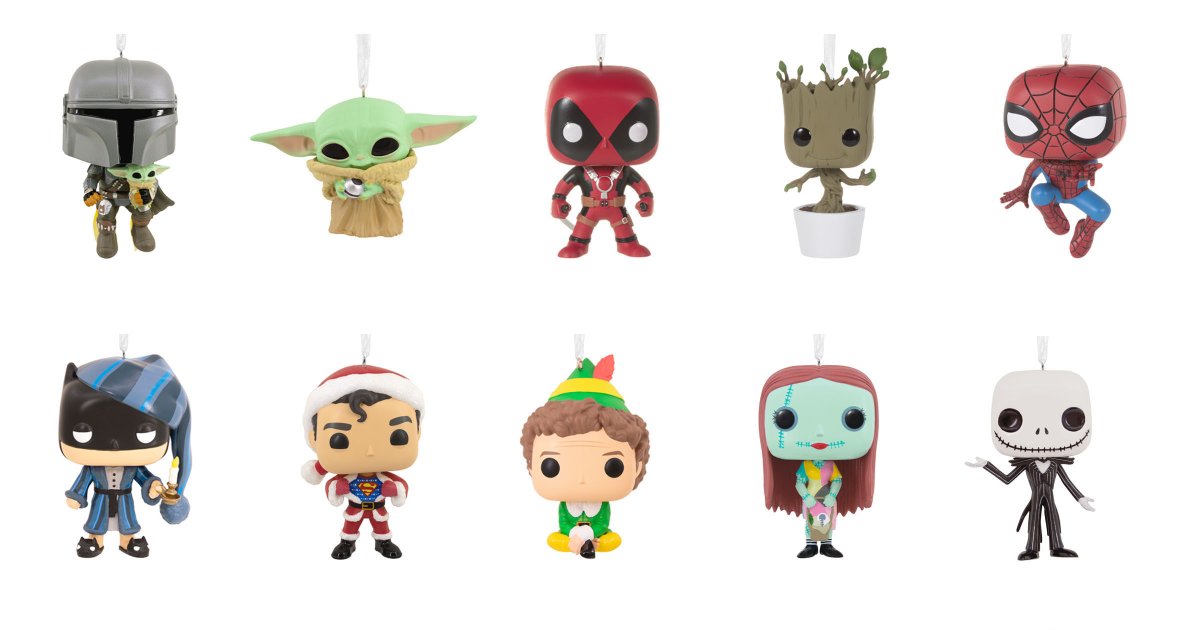The Keys to Launch a Successful Collectible

An Executive Voices Blog by Christian Braun, CEO of hobbyDB
Beginning as far back as the Roman Emperor Octavian (who collected coins, many with his own face on them), history shows that there have always been collectors. Francis I, Holy Roman Emperor, spent $3 million in today’s money for his grail and Sir Walter Rothschild employed spotters on different continents to buy specimens for him (the predecessor of the purchasing bot). Back then, however, collecting was mostly a passion of the upper class.
Collecting became more widespread after World War I, with a focus on subjects like postcards, books, and coins. For decades, collectors in the U.S. were trained to focus on and collect coins that were legal tender. Then, in 1965, Joseph Segel invented limited-edition coin-medals and launched the world of modern collectibles—items made solely for the purpose of collecting.
But expanding an IP into collectibles—and maintaining consumer demand—is not easy. To accomplish this, brand owners need to consider several factors.
Keep the Secondary Market in Mind
Buying a basic Hot Wheels product for $1 is just consumption and does not need to be justified to anybody. But spending more money for a limited-edition model means the consumer needs to be able to justify that this is an “investment” and can always be sold again for the same amount or more. This means collectible brands need to understand valuations in the secondary market and keep them in mind when making decisions about their product offerings.
Let Them Know What They’re Missing
When someone purchases their first and second Starbucks mugs, they are just happy to have them. Yes, they could get more, but they are not a collector…yet. A consumer becomes a collector once they know what they do not have and develop the desire to complete the collection. Make it easy for them to know what they are missing by providing lists or, even better, launching products that create physical spaces for their collectibles (with empty spots that beg to be filled).
Leave Something on the Table
Exclusive launches create excitement and momentum. But if your exclusive products do not sell out, your consumers will lose urgency. Then, when the next launch takes place, collectors will think that they have time to make a purchase decision and could end up buying something else instead. Try to stay disciplined and run smaller quantities than you think you can sell.
Develop Lore
Creating stories around your collectibles can come in many forms. You can call on collectors to guess where and when you will drop your next item or launch very small runs so that collectors talk about how difficult your products are to find and name them as holy grail items on bucket lists. For example, Funko once gave out chocolates as part of an event and claimed 10 of them contained a golden ticket. In fact, only four golden tickets were found, which led to rumors online about where the other tickets could have gone. In the years since, those golden tickets have sold for as much as $210,000, creating even more publicity for Funko.
Provide Thematic Options
Collectors are often completists and, as such, they want everything that is available from their preferred brand. However, with collectible brands under pressure to constantly grow, many collectors will not be able to afford to purchase every item (known as “staying complete”). By launching different themes, you create the option to collect part of your brand, which makes for happy customers. For example, The Hard Rock Cafe has produced more than 100,000 different pins and while no single collector is believed to have all of them, many collectors focus on making purchases by location or by various series or themes.
Freeze Out the Fakes
You know you have a successful collectible brand when the counterfeiters arrive and try to benefit from your work. Consider how to make their life as hard as possible from the get-go. Fakes are mostly targeted at new collectors as they are less knowledgeable, and that is bad as early collectors who buy fakes face economic loss and embarrassment—which can lead to a change in hobby. To combat counterfeiters, invest in both making it hard to create fakes of your products and in educating your collectors early on.
Collaborations Work
Collaborations not only create new items for your collector base but also introduce your brand to new consumers who interact with (and potentially collect from) your partner. These collaborations can also help you enter new categories or new geographic regions as well as growing your audience.
Ultimately, creating and managing a collectible brand is a little bit of science and a little bit of art. The most important thing you can do as a brand owner is stay close to, and always work to understand, the collectors.
Christian Braun became a collector at the age of six and financed his studies by selling collectibles. In 1987, he helped write the first guidebook about the German diecast brand Siku. Later in life, he became the biggest vendor on eBay in Europe and ran the world’s largest collectible forum business. Christian is now the CEO of hobbyDB, a website with 700,000 members that is on a mission to document every collectible ever made.




